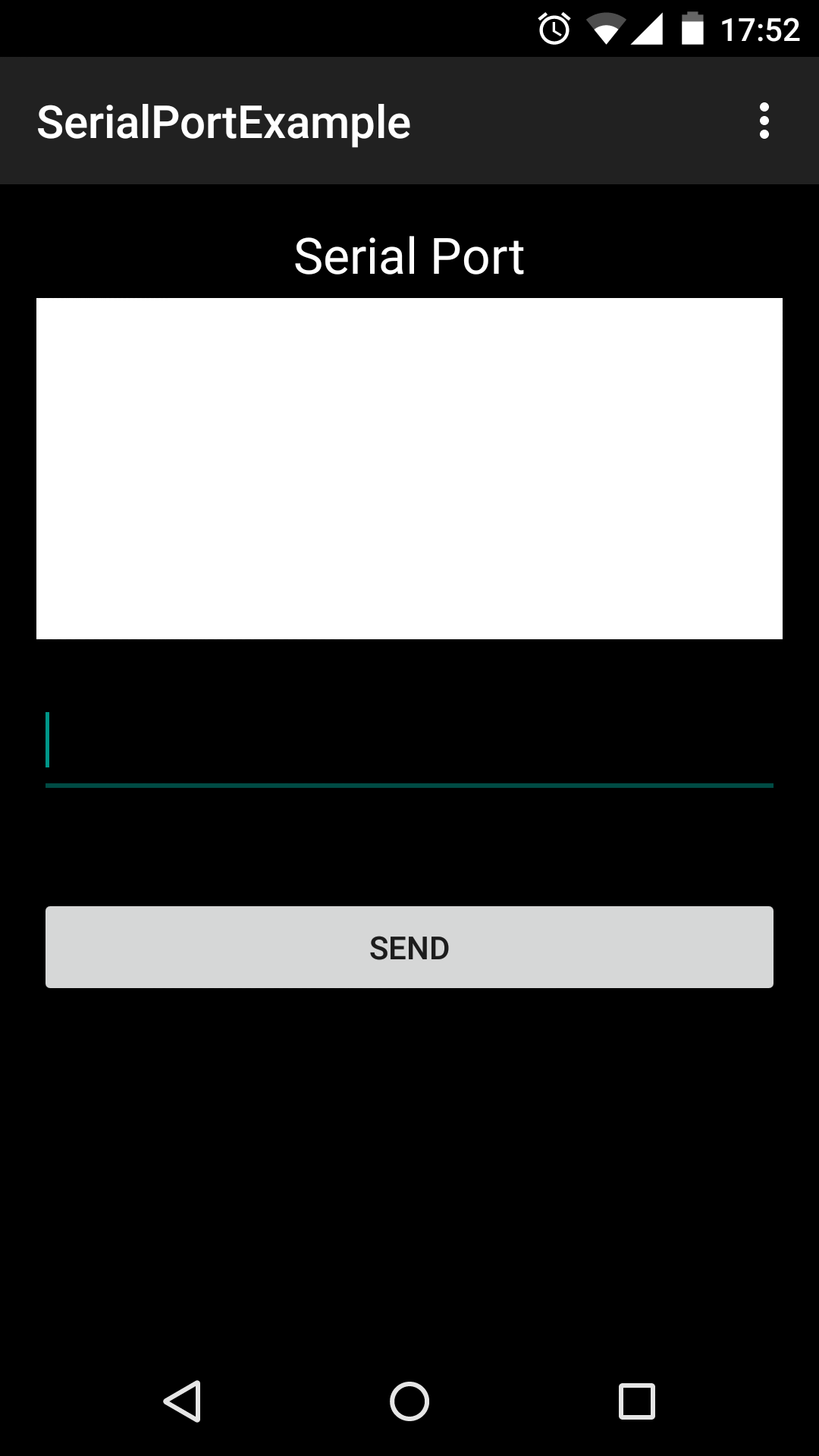

- #Android terminal emulator usb serial apk
- #Android terminal emulator usb serial install
- #Android terminal emulator usb serial serial
- #Android terminal emulator usb serial drivers

Mar 13 23:34:44 ubuntu kernel: usb 2-1: USB disconnect, address 7 Mar 13 23:31:49 ubuntu kernel: usb 2-1: pl2303 converter now attached to ttyUSB0 $ tail /var/log/syslog #then removed and attached the device. Minicom: cannot open /dev/ttyUSB0: No such file or directoryīus 002 Device 006: ID 067b:2303 Prolific Technology, Inc. Is this the correct command to execute? Or do I need to configure something? $ sudo minicom -device /dev/ttyUSB0
#Android terminal emulator usb serial drivers
This is a PL2303 and from everything I've read no additional drivers are required.
#Android terminal emulator usb serial serial
In case your Android device isn't rooted, you still can use Terminal Emulator in order to execute some basic (user) commands such as blkid, cat, cd, clear, cp, du, grep, id, ln, ls, ping, sleep, uptime et cetera.I am trying to connect minicom to a serial device that is connected via a USB-to-serial adapter.
#Android terminal emulator usb serial install
If you want to add extra commands to your rooted Android system, install BusyBox. Notice how Terminal Emulator's shell interface now shows you by default. In order to disconnect from the uid 0 (exit superuser status), press Volume - and D, or type exit and hit EnterĪlternatively, if you want to always start Terminal Emulator as root, then start Terminal Emulator, go to Preferences, scroll down to the SHELL section, tap the Command line option and modify the command so it becomes this: /system/xbin/su -c "/system/bin/sh -"Īfter you change the command, exit Terminal Emulator (close the application) and start it again. If you want to enter the shell and become root (superuser uid 0) so you can execute commands without uid restrictions, start the Terminal Emulator app and just execute this command: su. If all the 4 conditions above are satisfied, then: Your Android device has Terminal Emulator installed.The shell binary is located at /system/bin/sh and.The su binary is located at /system/xbin/su.Some even offer additional features, such as an entire development environment ( Terminal IDE), or access to remote servers ( JuiceSSH). I'd say all terminal apps available for Android should support the above. Android Shell Command Reference (Github)Ī look into our terminal tag-wiki will not hurt either :).Ten basic Android terminal commands you should know (AndroidCentral).For details on this, you might wish to take a look at e.g. Most are even similar to those available on Linux, as Android is Linux based: you have things like cd, ls, grep, and more. You get a text-mode "window" where you can execute commands.
#Android terminal emulator usb serial apk
apk file already present on the device itself: pm install would be the command for that), and a lot of other things.Īpart from that: a terminal app can be compared with a terminal on Linux allright. pm would rather be comparable with dpkg on Debian-based systems: it can do local installs (i.e. Though Android has its own package manager (listening to the pm command), installs/updates are usually dealt with by services/apps like google-play-store or other alternative-markets. First you need to understand that updating apps works different on Android than it does on a "normal" Linux distro: There is no such thing as "apt".


 0 kommentar(er)
0 kommentar(er)
